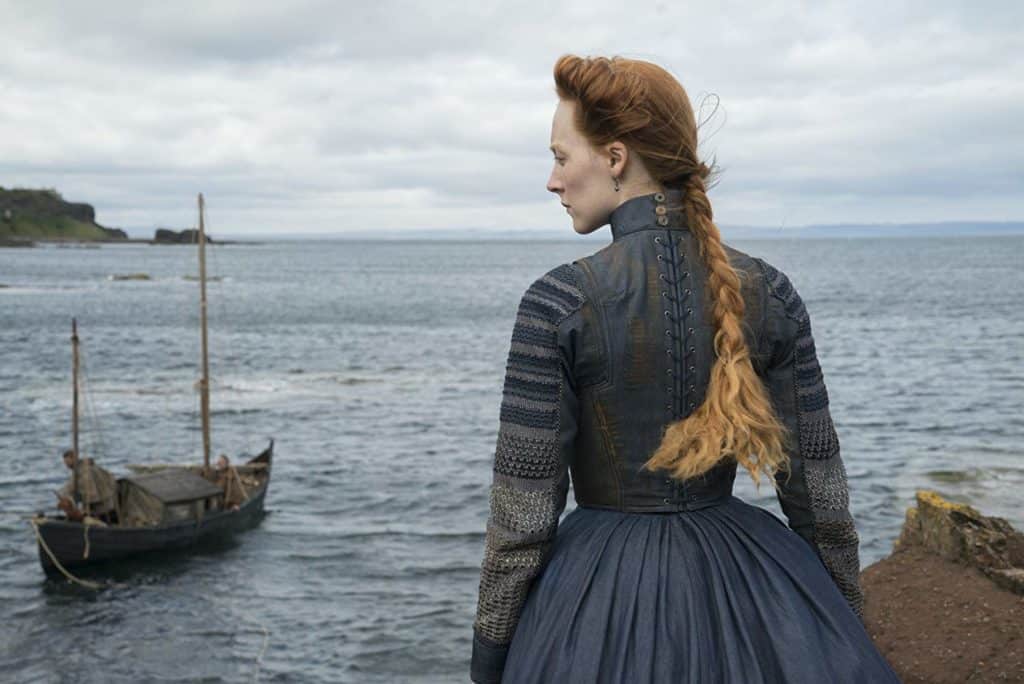Released in late-2018, Mary, Queen of Scots, directed by Josie Rourke and starring Saoirse Ronan as the eponymous Mary Stuart, received broad acclaim for the performances both of its leading lady as well as Margot Robbie in a supporting role as Elizabeth I of England. Expected to compete for the top prizes at the 2019 Academy Awards, the film, despite its commercial success, quickly became mired in controversy surrounding its historical inconsistencies.

From recasting and altering the personalities of historical figures, anachronistic inclusions, and even fundamental changes to the core narrative of the historical tale, Mary, Queen of Scots ignited a debate within the historical community regarding just how far cinema should alter history in order to appeal to modern audiences.
Here are 18 historical details from Mary, Queen of Scots that were either astonishingly accurate or woefully wrong:

